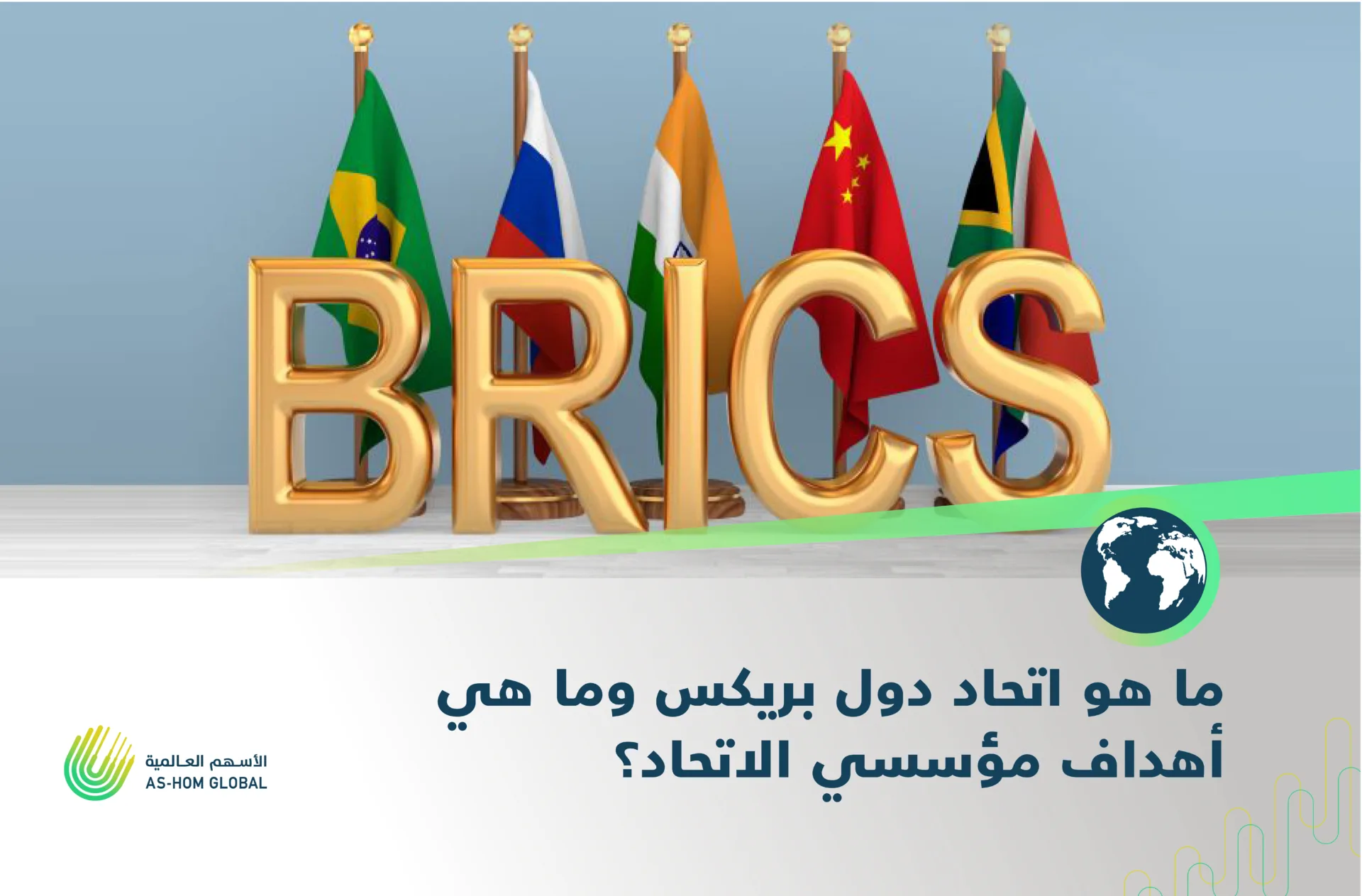What is the BRICS union and what are the goals of the union's founders?
BRICS Union is a diplomatic and economic bloc consisting of five major emerging nations in the world. These countries include Brazil (B), Russia (R), India (I), China (C), and South Africa (S), hence the acronym "BRICS."
This union was officially established in 2006 and initiated by Russia, and since then, these nations have played a significant role in international affairs and the global economy. The BRICS countries aim to enhance cooperation in various fields, including economics, global politics, and security.
The primary objectives of the BRICS Union are:
Promoting Economic Growth: BRICS countries work towards boosting trade and mutual investments to foster economic growth and create job opportunities.
International Reforms: BRICS supports reforms in international financial and economic institutions like the International Monetary Fund (IMF) and the World Bank to enhance the role of developing nations.
Political Cooperation: BRICS nations coordinate their positions on international issues such as regional security and counter-terrorism.
Cultural and Educational Cooperation: BRICS encourages cultural and educational exchanges among member states.
Cooperation in Science and Technology: BRICS nations collaborate on technology and innovation in areas like space, energy, and modern technology.
Over the years, the BRICS bloc has become an influential voice in global affairs and the world economy. The member countries regularly convene at BRICS summits to discuss common issues and cooperate in various domains.
Genesis of BRICS
The idea of the BRICS grouping was formulated by Jim O'Neill, the chief economist at Goldman Sachs, in a 2001 study titled "Building Better Global Economic BRICs." O'Neill used the acronym "BRIC" to describe the emerging markets of Brazil, Russia, India, and China.
From 2000 to 2008, these four countries witnessed a rapid increase in their share of the global GDP, rising from 16% to 22%. Their economies outperformed the global average during and after the global recession in 2008. This concept essentially led to the formation of an alliance between Brazil, Russia, India, and China, with South Africa joining in the third summit in 2011.
The objective of this bloc is to establish an economic system parallel to the one led by the United States, with China being a model of support for developing and poorer economies.
The economic aspect was the backbone of establishing the BRICS group. Its members worked on their economic plans collectively, resulting in an economic force capable of competing with Western economic powers.
BRICS aims to reshape the global system by shifting power from the "Global North" to the "Global South."
BRICS Currency
The proposal for a common currency among BRICS member countries was first introduced by Russia in early 2023, amid escalating global geopolitical tensions and changes in the global financial system.
According to the Russian proposal, the possibility of creating a common currency for BRICS nations will be discussed at the upcoming BRICS summit. This proposal reflects a trend toward economic and financial cooperation among BRICS member states and a desire to achieve greater financial independence from the Western financial system.
It's worth noting that this proposal is not seen as a significant threat to the U.S. dollar, as BRICS member states have economic and financial ties with the United States that make a complete replacement of the dollar challenging. Additionally, BRICS seeks a larger role in the world and aims to enhance cooperation in various fields, including economics, politics, and security. The upcoming summit in South Africa is expected to provide an opportunity to discuss and chart the development of this proposal.
BRICS by the Numbers
The numbers demonstrate the economic power that BRICS nations have achieved and their increasing dominance on the global stage. According to data from the International Monetary Fund (IMF) as of the end of 2022:
BRICS contributed approximately 31.5% to the global economy, surpassing the 30.7% contributed by the G7 industrial powers (the United States, the United Kingdom, Italy, Germany, France, Canada, and Japan).
BRICS accounts for 17% of global trade, according to data from the World Trade Organization.
The current BRICS countries control 27% of the world's land area, with a total landmass of approximately 40 million square kilometers.
The population of BRICS nations totals around 3.2 billion people, roughly 42% of the world's population. In contrast, the Group of Seven (G7) countries have a combined population of about 800 million people.
With the addition of new members, BRICS could increase its land area by 10 million square kilometers and its population by 322 million people.
Besides economic strength, BRICS comprises three nuclear powers: Russia, China, and India, and four of the world's most powerful militaries, led by China, India, and Russia.
These figures illustrate a significant shift in global balance in favor of the BRICS bloc, reflecting its growing economic and political strength on the international stage.
In Summary
The BRICS Union is a diplomatic and economic alliance consisting of five major emerging nations: Brazil, Russia, India, China, and South Africa. Established in 2006



